You spend more than a third of your time here. Share your wish list, priorities and more to get the room you want
By Charlotte Minty - Houzz Contributor
The main focus for many people working with an interior designer is the kitchen or bathroom. This is understandable, given the functional importance and cost of renovating these rooms. Bedrooms are often overlooked and given nowhere near the same level of attention, which is a real shame.
From my standpoint as an interior designer, the bedroom shouldn’t be an afterthought at the end of a long project. Although design work for the bedroom isn’t as intensive as for the bathroom or kitchen, your designer will nonetheless need to know a fair amount of detail to get this important room right for you.
In thinking about the bedroom,
your designer will focus first on some key areas: circulation, furniture
placement, views, outdoor access, light and ventilation.
In initial discussions, you will be well-served later if you share your wish list (what you want in your bedroom) and behaviors (what you do there, beyond the obvious). Let’s unpack these two important factors and add a few others.
In initial discussions, you will be well-served later if you share your wish list (what you want in your bedroom) and behaviors (what you do there, beyond the obvious). Let’s unpack these two important factors and add a few others.
1. Your ultimate wish list. As with any other room, you need to draw up a wish list for your bedroom. This is all about clarifying your needs versus your wants.
The list should also reflect elements of your existing behavior. This
will help shape your project through the design process.
The wish list can range from big moves, such as adding a new exterior door to access a private courtyard, to smaller details like wanting bedside wall lights or a recess for the ceiling-mounted curtain.
The wish list can range from big moves, such as adding a new exterior door to access a private courtyard, to smaller details like wanting bedside wall lights or a recess for the ceiling-mounted curtain.
Take the time to pull together photos that show your taste. You can create an ideabook
on Houzz to share, for example. It’s easier to demonstrate what you
like with pictures rather than just words. And you can say whether
you’re looking for a particular style, a specific product or just a
lovely color.
2. Your priorities. Next, you
need to set your priorities. This is often linked to the budget, which,
like any other part of your design project, needs to be defined early
and communicated to your designer. How much of your wish list you get
can be determined by your willingness to trade off what you would really
like to have in your new bedroom compared with things you must have. The key reason to establish and articulate your priorities is so that you both have the same vision of the final result.
3. Your behavior. How
people use their bedrooms can vary more dramatically than in other rooms
of the house. Disclosing your habits lets your designer know how you
want to use the room. You may also want the bedroom to create a new set
of behaviors or habits.
If you share the room with
another person, does one of you get up earlier than the other? Would the
sleeping partner prefer not to be disturbed? Do you need a dark room
for sleeping because any sliver of light keeps you awake? Or do you
prefer to be woken up early by the morning sun? Do you spend a lot of
time in reading in bed before you nod off to sleep?
Take notes about your usual sleep patterns and how you would like these to be maintained or improved in your new bedroom. For example, if you read in bed, greater consideration will be given to a comfortable and soft headboard for you to lean back on, a bedside table to hold your books, and excellent task lighting for reading. If you like your room to be dark, then blackout curtains will be essential.
Take notes about your usual sleep patterns and how you would like these to be maintained or improved in your new bedroom. For example, if you read in bed, greater consideration will be given to a comfortable and soft headboard for you to lean back on, a bedside table to hold your books, and excellent task lighting for reading. If you like your room to be dark, then blackout curtains will be essential.
Since it’s the centerpiece of
most bedrooms, the bed’s style, size and position are important. Quality
is also critical, given that you spend a fair amount of time using this
item. The bed is the main piece of furniture you need to specify if you
don’t plan on keeping your existing bed.
What size is your bed? The size of your room dictates how big your bed can be. Do you need extra storage space in your bedroom? Then a lift-up storage bed or a bed frame with drawers would be ideal. Have a small bedroom? A bed on legs is often the way to go — being able to see beneath the bed adds to the feeling of space in the room and is considered excellent feng shui because it lets the chi (good universal energy) move more freely around the room.
What size is your bed? The size of your room dictates how big your bed can be. Do you need extra storage space in your bedroom? Then a lift-up storage bed or a bed frame with drawers would be ideal. Have a small bedroom? A bed on legs is often the way to go — being able to see beneath the bed adds to the feeling of space in the room and is considered excellent feng shui because it lets the chi (good universal energy) move more freely around the room.
Apart from your bed, what other
activities need to be accommodated in the bedroom? Is this where you
also get dressed and put on makeup? If so, what sort of a closet and
clothing storage do you like? And what about a mirror with good
lighting, or a dressing table? Tell your designer if you dream of a
separate dressing room or walk-in closet.
Do you hang out in the bedroom in your downtime? A comfortable bedroom chair or window seat could be needed. Is your bedroom also your reading room? Add built-in shelves for your book collection. If you long for a quiet haven away from the rest of the house, work with your designer to create it.
Do you hang out in the bedroom in your downtime? A comfortable bedroom chair or window seat could be needed. Is your bedroom also your reading room? Add built-in shelves for your book collection. If you long for a quiet haven away from the rest of the house, work with your designer to create it.
4. Existing furniture and fixtures. Agreeing
on the size of the bed is essential to working out the rest of the
furniture layout for the room. What other furniture and fixtures —
existing or new — do you want to have? These pieces can include bedside
tables, bedside lights, a dresser, a makeup table, an occasional chair,
an armoire, pendant lights, an end-of-bed bench, shelving, a mirror, art
and rugs.
Consider the style of the house too — is it traditional, modern, country or eclectic? Remember that the bed is a large item, so the bed linens you choose will be a dominant feature. Good design takes time and will evolve as you go through the process with your designer. But often the results are better than you expected, helping you to sleep well with sweet dreams.
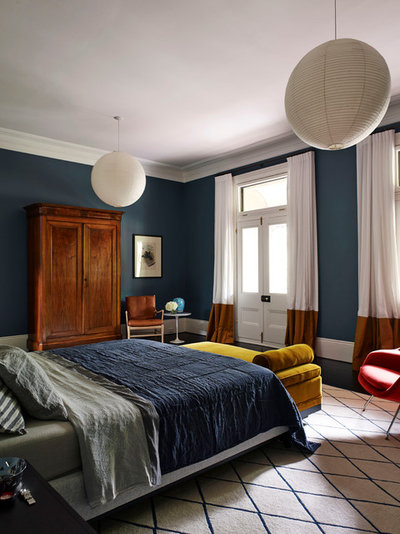

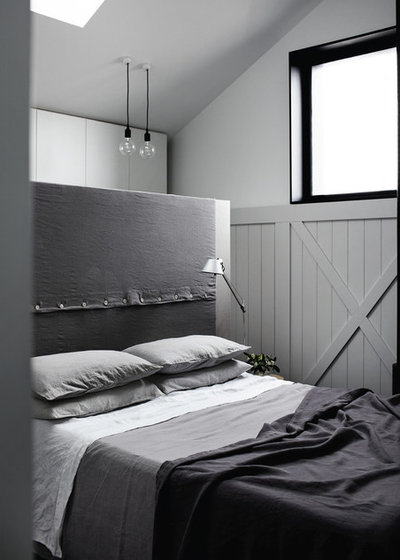
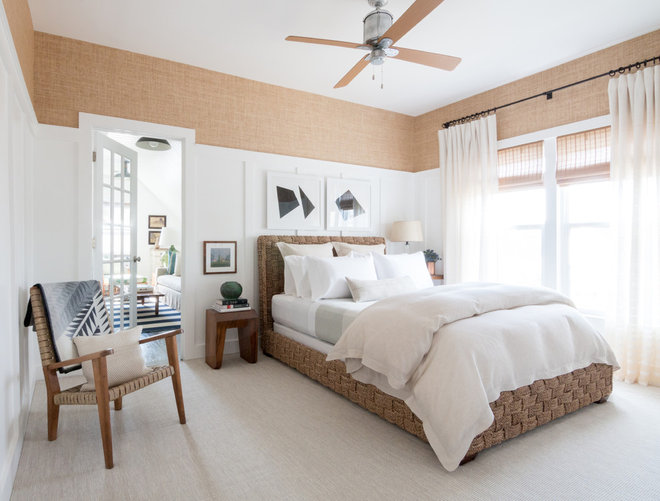
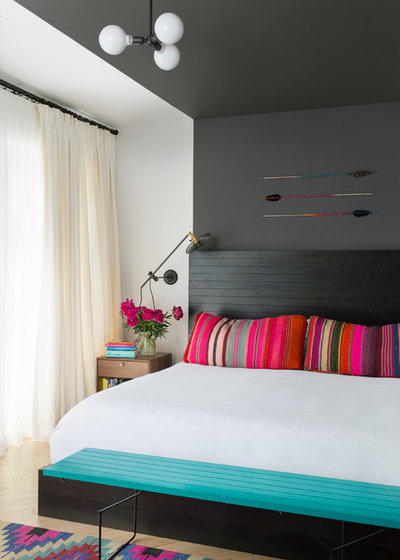
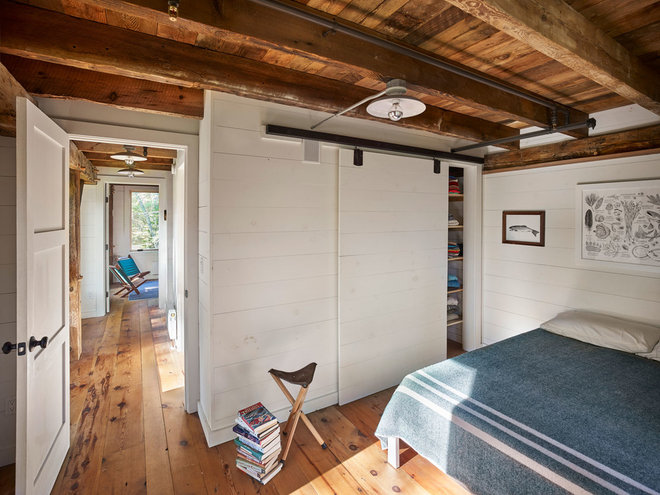
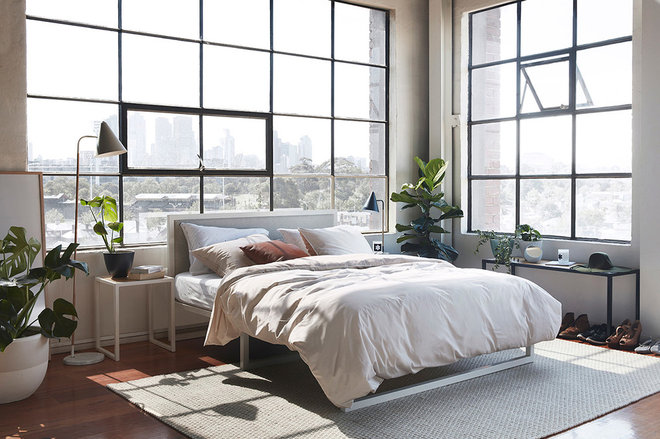
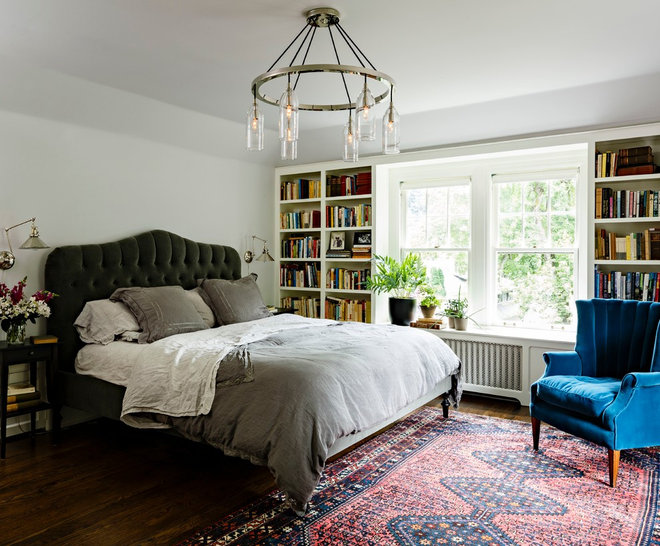
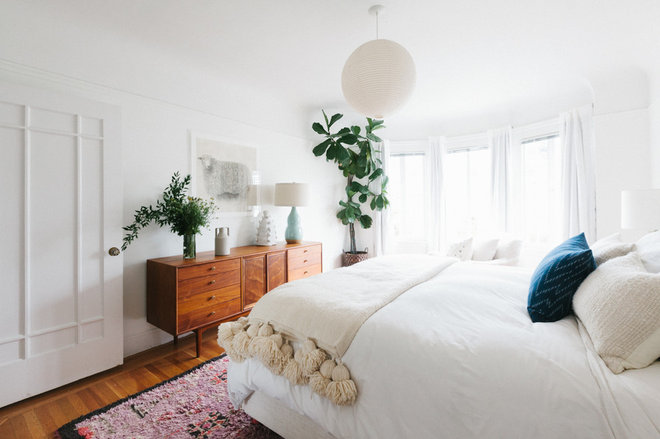

No comments:
Post a Comment